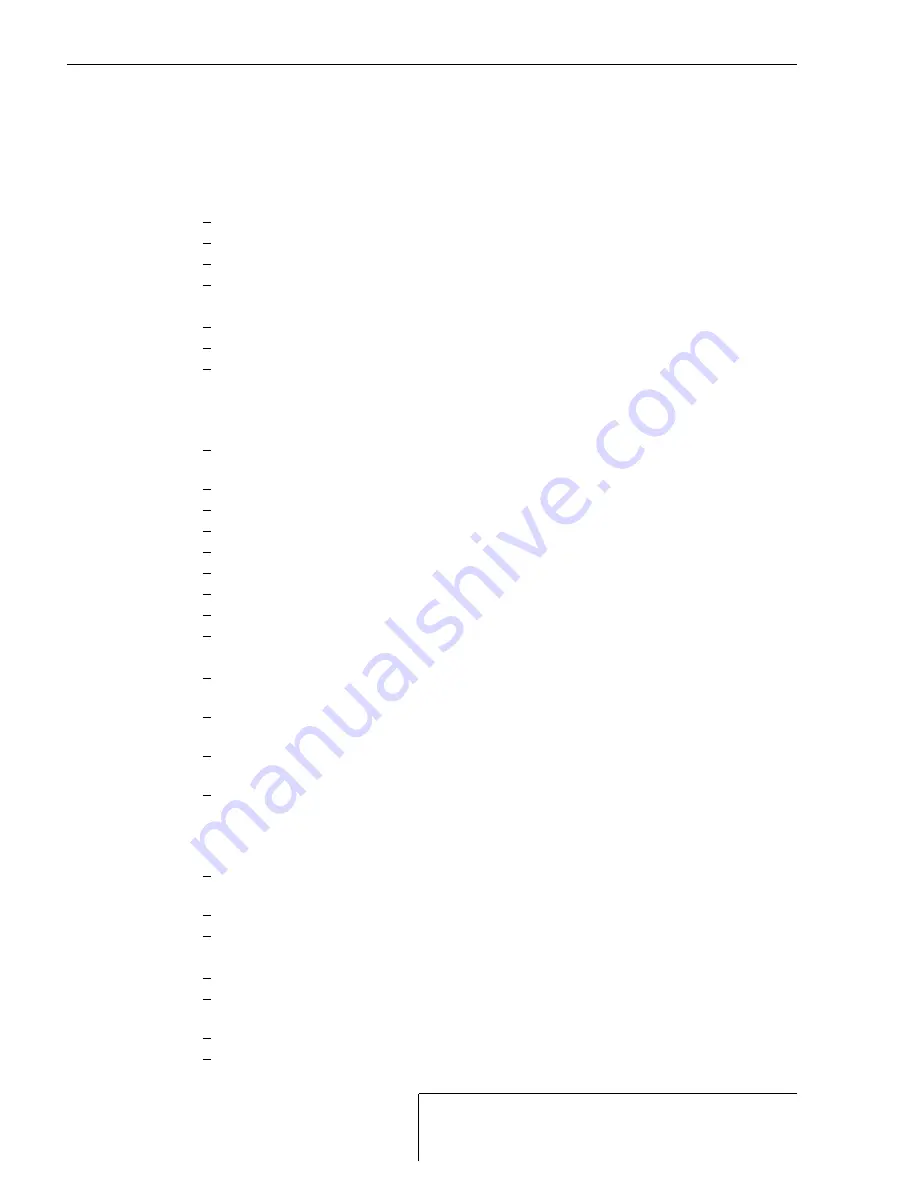
95-01-01
Page 2
All
EFFECTIVITY:
C I R R U S
C O M P O N E N T M A I N T E N A N C E M A N U A L - C A P S
M O D E L S R 2 0
01 Feb 2013
For Handling information applicable to the repair of composite structures, refer to Chapter 51-00 of the
Airplane Maintenance Manual.
(1)
Parachute Assembly
(a)
Storage
1
Store in a secure, clean, cool, dry, and dark environment.
2
Store on a stable, non-abrasive surface.
3
Protect from contact with oil, grease, dirt, and acids.
4
Do not expose to temperatures above 160°F.
(b)
Handling
1
Do not drop parachute assembly.
2
Do not drag parachute assembly over any surface.
3
Do not lift or carry parachute assembly by rear harness or rocket lanyards. For lift-
ing, use 1-inch wide retaining strap handles sewn to top of parachute assembly.
(2)
Rocket Assembly
(a)
Storage
1
Store in a ATF approved explosive magazine containing materials of compatible
classification.
2
Store rocket assembly at temperatures between 40°F to 90°F.
3
Certified safe exposure temperature: –28°F to 160°F.
4
Prevent contact with acids, bases, and oxidizing salts.
5
Protect from static discharge.
6
Protect from strong radio-frequency fields.
7
Protect from open flame or other ignition sources.
8
Protect from friction, impact, or mechanical shock.
9
Do not store propellant grains and igniter in same magazine.
(b)
Handling
1
Handle as an explosive item at all times. Wear anti-static clothing and rubber soled
boots.
2
Wear protective clothing, including boots, gloves, lab coat, apron or coveralls, as
appropriate, to prevent skin contact with solid propellant or combustion gases.
3
Safety goggles with side shields should be worn at all times. Do not wear contact
lenses under goggles.
4
Exhaust ventilation is recommended if significant dusting occurs or fumes are gen-
erated. Otherwise, use general exhaust ventilation.
(3)
Pyrotechnic Line Cutters
(a)
Storage
1
Store in a ATF approved explosive magazine containing materials of compatible
classification.
2
Do not expose to temperatures above 200°F.
3
Protect from friction, impact, or mechanical shock.
(b)
Handling
1
Handle as an explosive item at all times.
2
Safety goggles with side shields should be worn at all times. Do not wear contact
lenses under goggles.
3
Use hearing protection during disposal procedure.
4
Exhaust ventilation is recommended if significant dusting occurs or fumes are gen-
erated. Otherwise, use general exhaust ventilation.

























